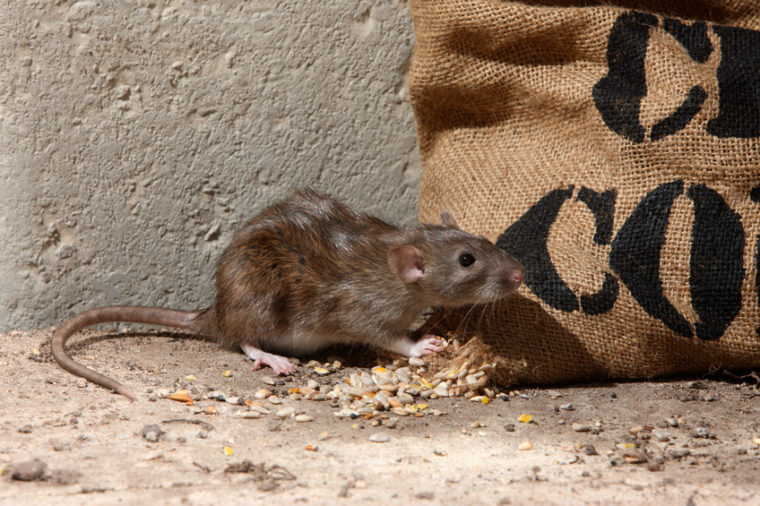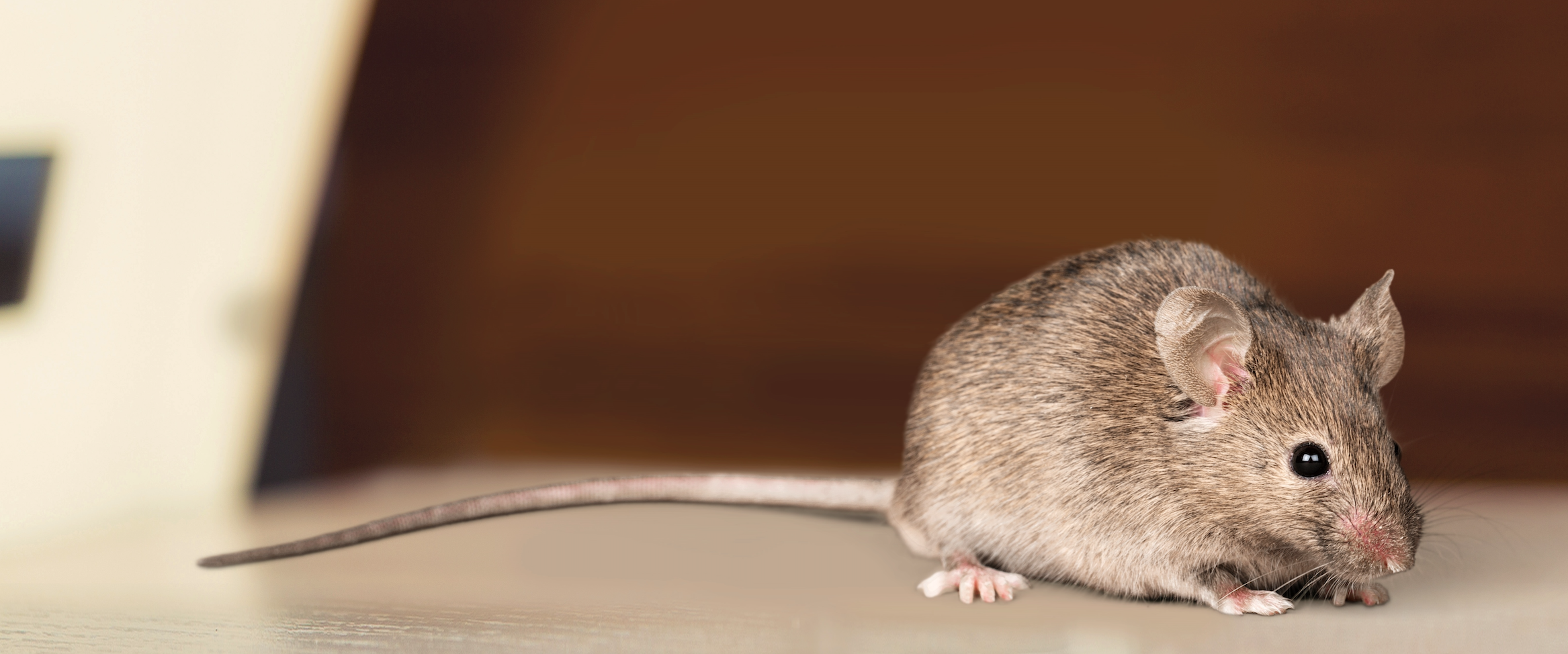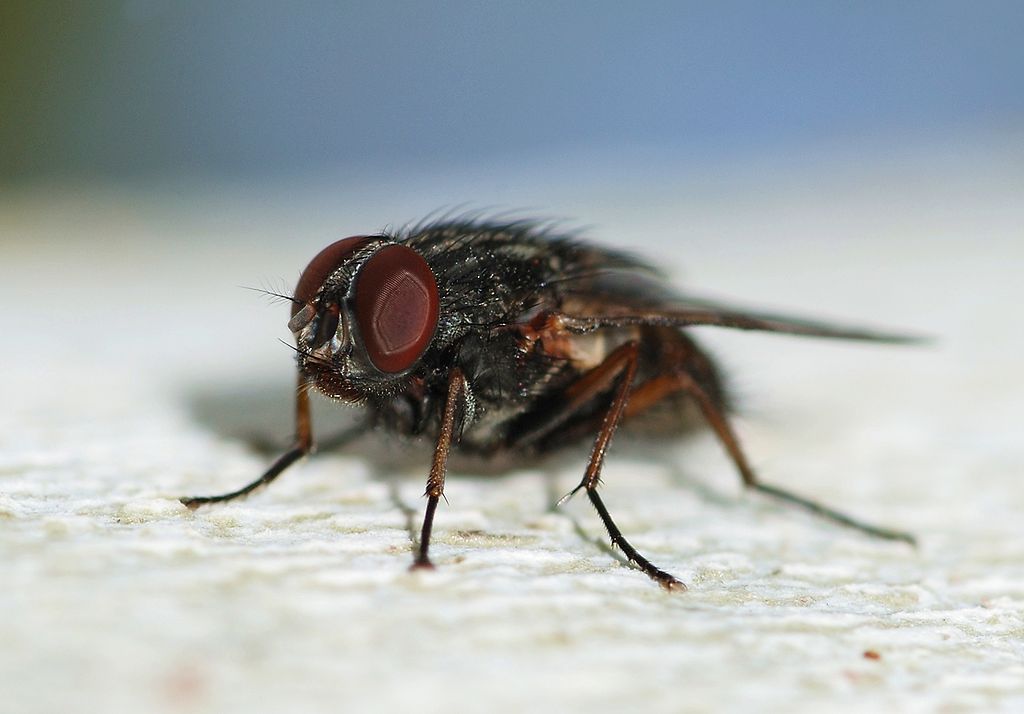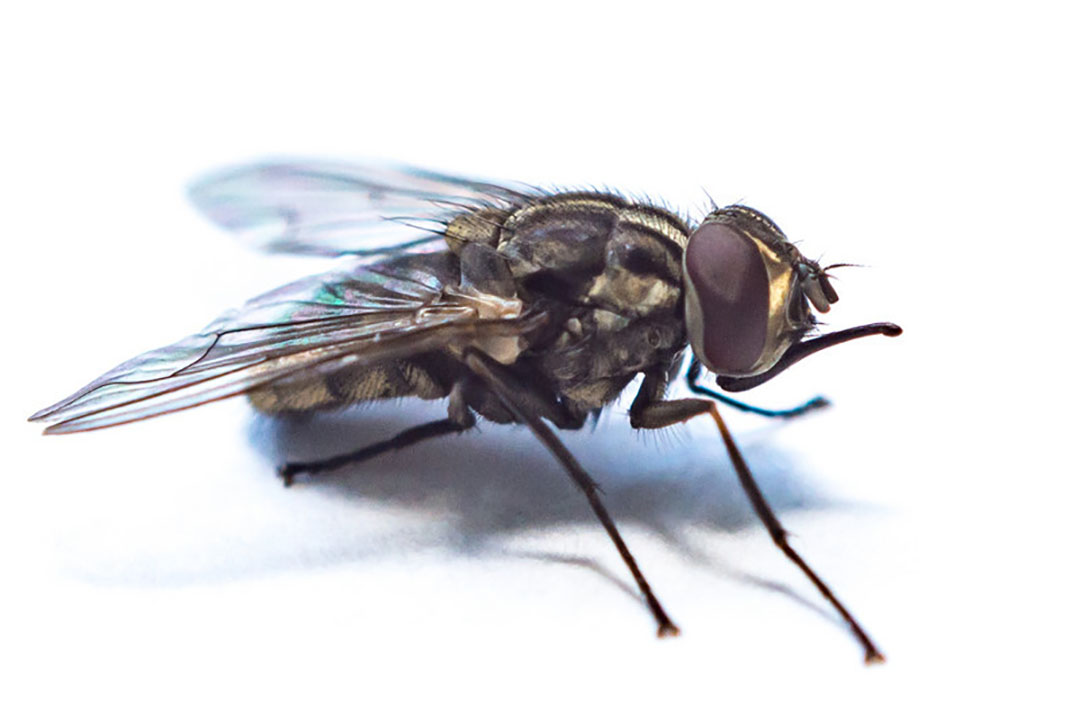
Welcome to Brothers Pest Management, your trusted local pest control company servicing rural areas and farms in Minnesota.
We understand the unique pest control challenges faced by rural property owners and farmers, and we offer customized solutions to address these challenges.
Our Rural and Farm Pest Control Services:
1. Rodent Control: Rodents are a common problem in rural areas and farms, and they can cause extensive damage to crops, equipment, and property. The most common types of rodents that farmers deal with include mice, rats, and voles. These rodents can quickly multiply, causing infestations that can be difficult to control. We offer a range of rodent control services, including trapping, baiting, and exclusion techniques to prevent rodents from entering your property.
2. Insect Control: Insects such as beetles, stink bugs, and moths can damage crops and cause significant financial losses for farmers. Our experienced technicians use a variety of insect control techniques to protect your crops and keep your property pest-free. We use integrated pest management techniques to target the specific insects that are causing problems, while also minimizing the impact on beneficial insects and the environment.
Why Choose Brothers Pest Management?
At Brothers Pest Management, we understand the importance of protecting your rural property or farm from pests.
Our experienced technicians use only the latest pest control products and techniques to ensure that your property remains pest-free. We also offer flexible scheduling options to minimize disruption to your farming operations.
Contact Us Today!
If you're experiencing a pest problem on your rural property or farm, don't hesitate to contact Brothers Pest Management. Our team is ready to help you get rid of pests quickly and effectively so that you can focus on running your farm.
Contact us or fill out our online form above today to schedule a free consultation and learn more about our rural and farm pest control services.
Rat Control
The brown (Norway) rat also known as the common rat, street rat, sewer rat, wharf rat, Hanover rat, Norway rat, Norwegian rat and Parisian rat, is a widespread species of common rat.
The brown (Norway) rat is nocturnal and is a good swimmer, both on the surface and underwater, and has been observed climbing slim round metal poles several feet in order to reach garden bird feeders.
The brown (Norway) rat is a true omnivore and will consume almost anything, but cereals form a substantial part of its diet.
The brown rat can breed throughout the year if conditions are suitable, with a female producing up to five litters a year.
The gestation period is only 21 days, and litters can number up to 14, although seven is common.
The Norway rat reach sexual maturity in about five weeks. Under ideal conditions (for the rat), this means that the population of females could increase by a factor of three and a half in 8 weeks (5 weeks for sexual maturity and 3 weeks of gestation), corresponding to a population growing by a factor of 10 in just 15 weeks.
As a result, the population can grow from 2 to 15,000 in a year.
The maximum lifespan for a Norway rat is three years, although most barely manage one year.

Rat control in rural areas consist of sealing off areas of entry into homes or buildings, trapping the current population infesting a structure and baiting the exterior population that is infesting an area. Proper ongoing control will decrease a population to a manageable level control.
Mouse Control
Here's Mice often find their way inside homes as the weather gets cooler and food scarcer. Minnesota’s reputation for bone-chilling weather makes our homes the perfect place for them, especially when it gets colder. You see, it only takes a small crack or hole on the exterior for a small mouse to squeeze their way right in. And as long as they have what they need for survival – food, water, and shelter, mice will begin to rapidly multiply.
Mice can and do eat through just about anything. If it’s softer than their teeth, the will gnaw their way through.
Their front incisor teeth never stop growing and can grow as much as 5 inches in a year’s time.
They can jump 12 feet horizontally like a superhero and 12 inches vertically.
They don’t require water and thrive in the heat.
They have Spiderman-like abilities in scaling vertical surfaces.

Mice control in rural areas consist of sealing off areas of entry into homes or buildings, trapping the current population infesting a structure and baiting the exterior population that is infesting an area. Proper ongoing control will decrease a population to a manageable level control.
False Stable Flies
False stable flies are worldwide in distribution and are frequently found in livestock facilities and outside restrooms.
The false stable fly commonly breed in manure and defecate on food, which has been linked to the spread of some disease and illnesses.
Female adult false stable flies usually choose decaying matter as sites to lay the eggs. These nutrient-rich areas are ideal for the growth and development of the hatching larvae.
In contrast to adult flies, the larvae do not have a definite head. Instead, there are two grasping hooks that they use to cut and tear food.

Stable Flies
The stable fly resembles the common housefly though smaller, and on closer examination has a slightly wider and spotted abdomen.
The stable fly is abundant in and around where cattle are kept.
Stable fly maggots are often seen in the rotting manure near cattle and poultry.
The adult stable fly of both sexes feed on the blood of warm-blooded animals during the daytime.
For stable fly egg production, the female requires its abdomen to be engorged with blood.
The female stable fly takes approximately 2–5 minutes to engorge, after which it becomes sluggish for a while.
The stable fly eggs are laid among putrefying organic materials such as hay, manure, and wood.
The Male stable fly usually dies after mating and the females after laying eggs.

REQUEST A FREE ESTIMATE
OR CALL US AT
(612) 431-PEST (7378)
QUICK LINKS
CONTACT US
Brothers Pest Management
(612) 431-PEST (7378)




